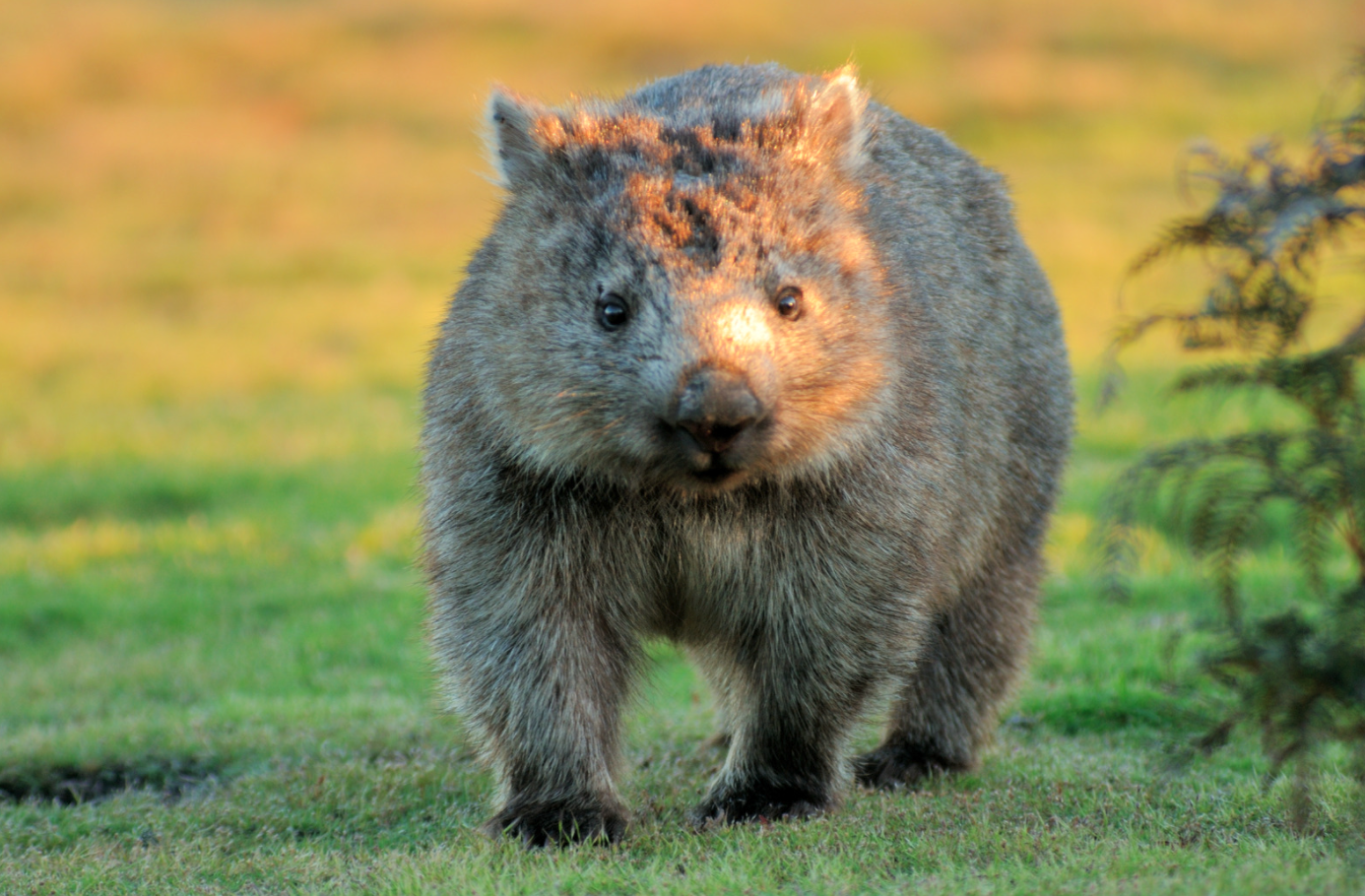🦔 Australia’s Rarest Wombat: The Northern Hairy-Nosed Wombat’s Fight for Survival
Fewer than 300 remain. Here’s why this adorable digger could vanish forever—and how we can save it.
When you think of Australian wildlife, kangaroos, koalas, or even the classic common wombat might come to mind. But hidden deep in the grasslands of Queensland is one of the world’s most endangered mammals: the Northern Hairy-Nosed Wombat (Lasiorhinus krefftii).
With fewer than 300 individuals left, this species is teetering on the brink of extinction. And yet, most Australians have never even heard of it.
What Makes This Wombat So Special?
Unlike its more familiar cousins, the Northern Hairy-Nosed Wombat is larger, stockier, and, yes—hairier around the nose. Weighing up to 40 kg, they are strong, shy, and strictly nocturnal, emerging only at night to feed on native grasses.
They’re expert burrowers, carving out extensive tunnel systems that serve as cool, protective shelters in harsh outback climates. Their solitary, secretive nature has made them notoriously hard to study—but incredibly fascinating.
Why Is It Critically Endangered?
This species once roamed across New South Wales, Victoria, and Queensland. Today, it survives in just two known locations, the most prominent being Epping Forest National Park, a predator-proof sanctuary in central Queensland.
Key threats include:
Habitat loss from agriculture and grazing
Invasive species such as foxes and wild dogs
Competition with cattle for food
Climate extremes—droughts can severely limit grass growth
Low genetic diversity, making the population vulnerable to disease and infertility
Conservation Wins (and Why Hope Isn’t Lost)
Thanks to tireless conservation efforts—especially since the 1980s when numbers dipped below 50—this wombat’s story is slowly shifting from tragedy to hope.
The Wombat Foundation, Queensland Government, and wildlife scientists have led recovery efforts through:
Predator-proof fencing
Supplemental feeding during droughts
Genetic monitoring and translocation
Community-led awareness campaigns
In 2023, the population crossed the 300 mark for the first time in decades, a massive milestone in Australian wildlife conservation.
What Can You Do?
🐾 Adopt a wombat through wildlife foundations
🌱 Support land conservation programs
📢 Share their story—awareness is power
🛑 Push for stronger climate and environmental policies during elections
In Conclusion:
The Northern Hairy-Nosed Wombat may be elusive, but it’s a national treasure—one that could still vanish in our lifetime without continued effort.
By protecting this humble herbivore, we’re also protecting the fragile balance of Australia’s ecosystem. Let's make sure this isn't the last generation to know they existed.
🦔 Because once they’re gone... they’re gone for good.



